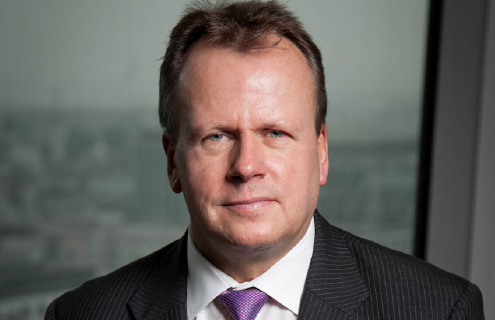How has your agency lending operation in the US progressed since it launched in 2013?
The business has grown rapidly in the US. Our first go-live client was in Q4 2014, so we’re now fully established and are operating in business-as-usual mode. I’ve found that the BNP Paribas name resonates with clients in the US as our strategy is very much about risk control and client focus.
The third-party lending model in the US is also well established. There are a number of institutions here, through their sheer size, that will diversify their lending agent, but may not necessarily want to make custodial changes. Therefore, as opposed to the European model, which tends to be less third-party agent orientated, the opportunity for us here is compelling because we’re a new entrant, we have the backing of a group with a strong balance sheet and prowess. To put that into context, in the next quarter we’re going to increase our lendable base 12-fold.
How are you targeting new clients?
We want to appeal to those clients that need a high-touch approach and various degrees of customisation. We’ve made it clear to clients that they will have direct access to the people who are going to run their programme. So in the case of Mike Saunders, who is our head of trading and investment, he provides colour to clients directly, which they certainly appreciate. When it comes to regulation and an expert opinion on those issues, we have Frank Souder, who has been in this market for about 40 years.
Clients feel comfortable and like that they’re in safe hands, and that is being reflected in our growth. If we have challenges, it’s in onboarding clients rapidly, because they’re coming thick and fast. We will add six clients in this quarter. Our pipeline is incredibly healthy—we’re very much in onboarding mode.
Which assets are you working with at the moment?
The portfolios we’re seeing currently are US-centric to a certain extent. I can never talk highly enough about the opportunity in the US—it’s greater there than anywhere. The US has half of the world’s assets and it’s pretty diverse, too. We’re not only going to see US equity, fixed income and corporate debt, there’s also a huge holding of international securities. We intend to mobilise all asset classes as we gain more clients.
We’ve found ourselves attracting clients that believe they’re perhaps underutilised, and we’ve had some success being appointed from other programmes because of this. There is perhaps some advantage in being a new entrant and growing into a space that has less demand. There has been deleveraging globally, so there have been clients of some very large programmes that may feel they have been getting less activity as a result of the drop in demand. Perhaps we can fill that gap for them.
We may be a new provider but we have established partnerships with broker-dealers. I think that’s where we’ve been successful, because we’ve been able to use assets where others have been struggling to do so. The lending of high quality liquid assets (HQLAs) is something we do well. We do it on a fully indemnified basis and you only have to look at market data to see where we rank in the league tables.
It’s of interest to me, after years in this business, that I can utilise US treasuries in as great a fashion in Europe as I can in the US against cash collateral. I see the greatest demand for HQLAs coming out of Europe includes US treasuries, which I didn’t think I’d ever say. With interest rates as they are, intrinsic value lending prevails, which of course should have been the approach, without deviation, from day one.
What’s your position on new regulations—are they being done right?
We have to accept that regulators are doing extensive work globally and they are attaching all kinds of requirements and guidelines to securities lending. I would say that some of the new rules lack clarity, particularly on the effect they may pose to us as an agent for our underlying clients. That work is ongoing both in Europe and in the US. The industry in the US is very much focused on liquidity and capital ratio issues. Under the Dodd-Frank Act’s 165(e) rule and aspects of the Collins Amendments, it’s challenging, there’s no question.
But there are some interesting changes on the horizon. There’s a potential change to Rule 15-3-c, which may expand the ability to accept various forms of collateral, particularly equities. If that happens, the non-cash market in the US will grow relatively quickly, although I’m not over enthusiastic about how long it might take for that amendment to happen.
It’s also worth bearing in mind that we operate as a branch of a foreign bank here in the US. It’s not as stringent for us as it is for others when it comes to capital and liquidity standards. It’s a fact of life and there is some advantage there. I don’t see any barrier to us in the US, but there is some work to be done in the finer detail.
← Previous interview
SIX Securities Services
Nerin Demir
Next interview →
SWIFT
Guillaume Boland
 Image: Shutterstock
Image: Shutterstock 